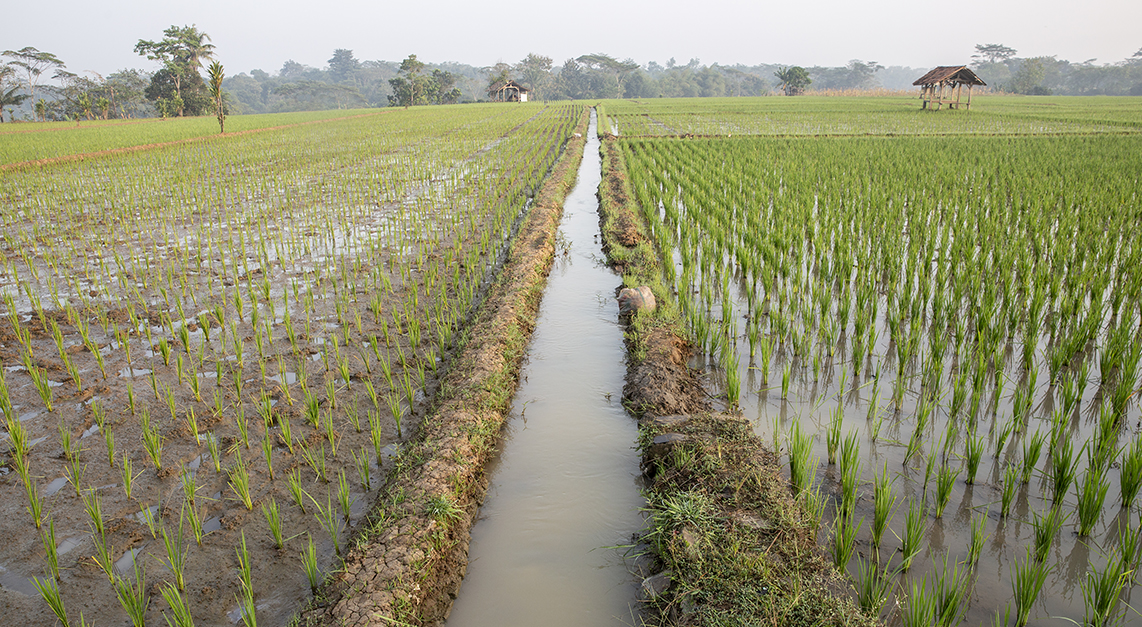

The estimated amount of potentially irrigable land exceeds 2.2 million hectares, but only 12% is being cultivated. Mali has significant groundwater and surface-water resources. And, while a significant percentage (29%) of the population is malnourished, only 7% of the country’s 43.7 million hectares of arable land is cultivated.Over the last decade, food and nutrition insecurity have been exacerbated by a combination of exogenous factors including agro-climatic, economic and sociopolitical shocks.Īnalyses of the constraints and opportunities involved in developing agriculture in Mali agree on two obstacles to sustainably increasing incomes and reducing poverty in rural areas: insufficient use of surface water and insufficient harnessing of water for farming. For these reasons, there have been recurrent major food crises since 2005. Despite farming’s central place in Mali, agricultural production does not cover the population’s needs, and productivity is low. The dominant farming systems are family-based, and incomes rely on rain-fed farming with low levels of mechanization. Most Malian farming relies on traditional methods that are subject to geographical and climatic factors as well as variable rainfall. Some 60.1% of the population lives in rural areasand is dependent on this industry. The agricultural industry employs 70% of the active population, contributes over 40% of the GDP and provides about 40% of the country’s export revenues. Project backgroundĪgriculture is central to Malian society, economy and development. 4, Taiwan Boulevard, Taichung, Taiwan (Republic of China).It is estimated that between 20, through these two projects, Canadian aid will have developed or rehabilitated close to 25,000 hectares of irrigable, farmable land. Liang, Department of Otolaryngology, Taichung Veterans General Hospital, 1650, Sec. American journal of rhinology & allergy.Cochrane Central Register of Controlled Trials (CENTRAL).Information DOI of original publication: Copy DOI Database: Although all the patients reported improvement after irrigation, there was no difference in outcome between patients who received AMB and those who received NS solution.ĬONCLUSION: Our study showed that nasal irrigation with 100 μg/mL of AMB did not confer a greater benefit than that of NS solution nasal irrigation in post‐FESS care. Among the patients who completed the study, 38 received AMB irrigation, and 39 received NS solution irrigation. RESULTS: Seventy‐seven patients were enrolled between June 2012 and December 2014. Pre‐FESS, pre‐irrigation, and postirrigation sinonasal symptoms were assessed by questionnaires, and the patients received endoscopic examination, acoustic rhinometry, smell test, and saccharine transit test. Patients in the AMB group received 100 μg/mL of AMB nasal irrigation daily for 2 months, and those in the normal saline (NS) group received NS solution nasal irrigation daily for 2 months. METHODS: Patients with CRS who received FESS for treatment were recruited and randomly assigned to two groups at 1 month after surgery. The purpose of this study was to evaluate the efficacy of 100 μg/mL of AMB nasal irrigation as postoperative care after functional endoscopic sinus surgery (FESS). Previous studies evaluated the efficacy of intranasal amphotericin B (AMB) in the treatment of patients with CRS, but the results were controversial. BACKGROUND: Fungus‐driven inflammation is proposed to play an important role in the pathogenesis of chronic rhinosinusitis (CRS).


 0 kommentar(er)
0 kommentar(er)
